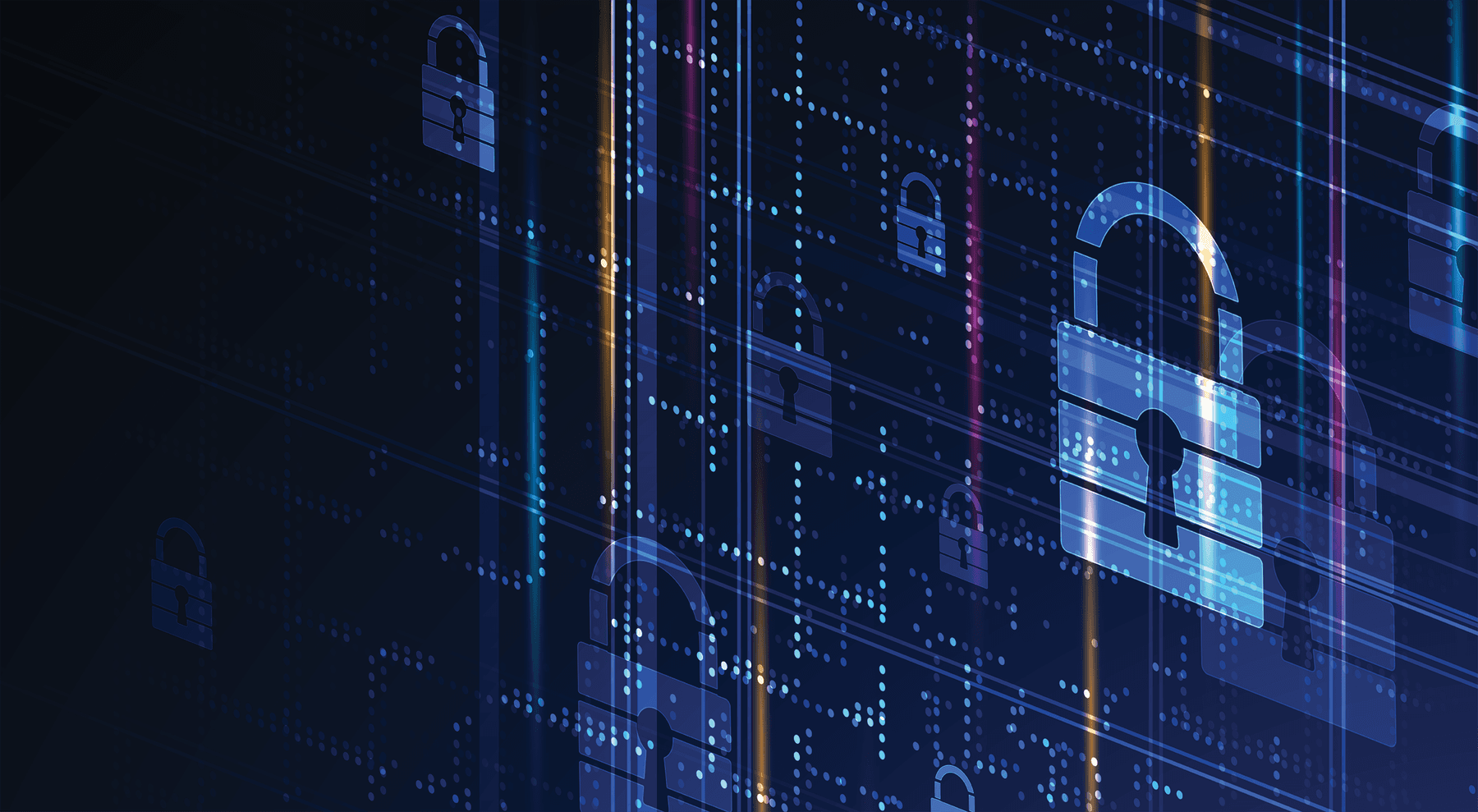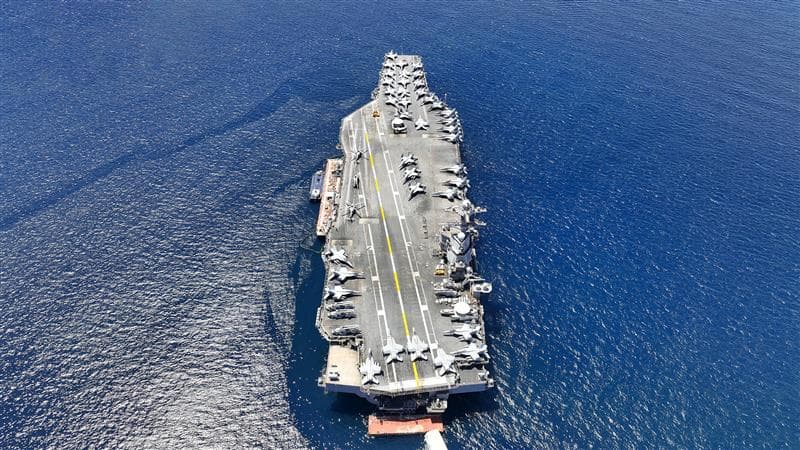Article
Understanding Cyber Risk and Best Practices for Organizations
2 JUL 2024
/
3 min read
Author
Intelligence Analyst III, Cyber Intel Lead

Cyberattacks are inevitable in today’s interconnected world. Organizations can mitigate such threats by adopting proactive measures and maintaining attentive cybersecurity practices. On average, cyber incidents go undetected for at least a few hundred days. Evaluating cybersecurity readiness involves assessing various aspects, including the maturity of an organization’s cyber defense capabilities, vulnerabilities within its current resources and workforce, and the prevailing threat environment. These factors are essential for comprehending uncertainties and vulnerabilities in defending against rapidly evolving threats.
Emerging Trends in Cybersecurity
Two main trends are shaping contemporary cybersecurity practices. First, there is a growing recognition that protecting against cyber threats involves not just information technology (IT) departments but also management and all employees, as studies show many breaches result from insider actions or negligence. This highlights the need for inclusive cybersecurity strategies, including education and awareness, to enhance organizational resilience.
Second, many businesses mitigate their cyber risk by shifting some of the burden by purchasing cyber insurance. This specialized insurance provides financial protection against expenses related to data breaches and other cyber incidents. Organizations can offset the potentially substantial costs of remediation, legal fees, regulatory fines, and even reputational damage, and enhance their ability to recover swiftly and sustain operations during a cyber incident.
Implementing Cybersecurity Best Practices
Establishing a proactive cybersecurity strategy begins with comprehensive risk management at all levels. Organizations should promote a culture of cyber awareness and implement a defense-in-depth approach, which refers to the practice of deploying multiple layers of security controls throughout an organization’s IT infrastructure.
These layers are designed to complement one another by creating overlapping protections that can prevent, detect, and mitigate various cyber threats. By diversifying and strengthening these defensive mechanisms, organizations can significantly bolster their resilience, ensuring that even if one layer is breached, others remain intact to protect any identified “crown jewels” or critical assets and data.
These layers commonly include network security measures, such as firewalls, intrusion detection and prevention systems (IDPS), and secure network architecture with segmentation. Endpoint security is critical in antivirus software, endpoint detection and response (EDR) tools, and device encryption. Application security involves secure coding practices, regular patching, and application firewalls. Organizations can also employ robust authentication mechanisms to control user access, including multi-factor authentication (MFA) and identity and access management (IAM) solutions.
Additionally, achieving cybersecurity maturity involves integrating robust managerial mechanisms. This encompasses coherent leadership for oversight, effective communication strategies, performance evaluations, and ongoing cybersecurity training to foster continuous learning and adaptation.
Addressing contemporary cybersecurity challenges demands a proactive approach integrating technological solutions with organizational culture and leadership. Organizations can effectively protect their digital assets against evolving threats by prioritizing awareness, preparedness, and resilience and ensuring sustained operational integrity.
In today's world, a cyber risk management program that lets you prevent ransomware and other cyber attacks isn't a luxury; it's a necessity. When an unwarranted incident threatens your data, you need assistance to mitigate the impact. That's where Crisis24 comes in. Speak to one of our cyber risk management experts today.
Related
Tags
Sharpen your
view of risk
Subscribe to our newsletter to receive our analysts’ latest insights in your inbox every week.
Intelligence & Insights
Intelligence
Worth Gathering
Employing a team of 200+ analysts around the world, Crisis24 is the only source you need for on-point, actionable insights on any risk-related topic.

eBook
Preparing for the Soccer World Cup 2026 – Mexico Travel Advisory
The upcoming World Cup tournament is set to be the largest in history unfolding across three nations – the US, Mexico, and Canada – with each country presenting unique security challenges for travellers. Learn about the specific risks associated with the games in Mexico.
November 18, 2025

Article
Strengthening Modern Supply Chains: How Intelligence and Risk Monitoring Reduce Disruption
Real-time intelligence and risk monitoring can help protect your supply chain and global operations during time of disruption or volatility.
November 17, 2025

Article
The Power of Preparation Against Active Assailant Threats: Building Crisis Management Capabilities
Build readiness against active assailant threats with Crisis24’s proven preparedness framework.
By Graeme Hudson
November 17, 2025

Intelligence Analysis
US Ramping Up Pressure on Venezuela, Signaling Possible Escalation
The US continues to bolster its military presence in the Caribbean, bringing increased capabilities for some form of direct strike on Venezuela.
By Ignacio Seni
November 13, 2025






